Collaborative Augmented Reality on Interactive Surfaces
Nowadays, the conceptual design process of early architectural ideas has gained significant attraction. Technology plays an essential role in making this process more intuitive and efficient. Based on this premise, the Collaborative Design Platform was developed at the Technical University of Munich as an interdisciplinary research project between the Augmented Reality and Architectural Informatics chairs.
We strongly believe that current Augmented Reality technologies can improve significantly the user experience on the early design process stages. Augmented Reality has the power to visualize any data that we want in the real world. In particular, Microsoft HoloLens seems to be a good candidate. Therefore, the main goal of my Interdisciplinary Project is the integration of Microsoft HoloLens devices to the CDP platform using the HoloToolkit in Unity. This mean that users can see and interact with the virtual scene directly on top of the projection surface.
Results:
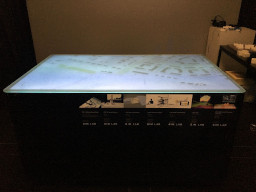
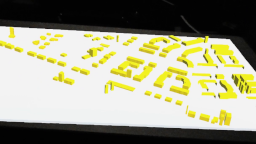
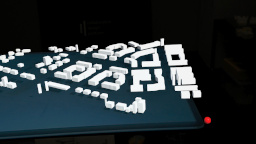
Advisor: Ivan Bratoev
Supervisors: Gerhard Schubert, Frank Petzold
For the Performance Based Design project, we develop a plugin in Rhino to help architects with the task Aufstockung, i.e., raising an existing building by one or more floors. This plugin can compute the maximum building volume and the optimal numbers of bulding modules based on the legal and physical restrictions provided by the user such as maximum height or GFZ. In addition, we consider the adaptation to the staircases.
Results:
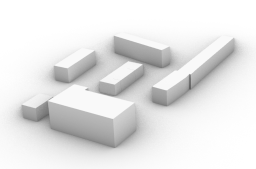
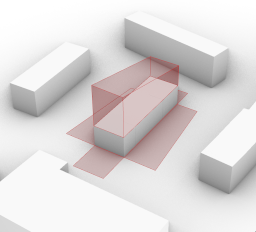
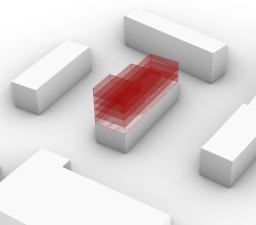
Instructors: Chloe Eghtebas, Gerhard Schubert
Team Members: Juan Raul Padron Griffe, Ines Nopper, Hannah Winklmann
Most of the work was done by Innes Nopper and Hannah Winklmann, so I really encourage you to check their profiles if you are interested in these topics.